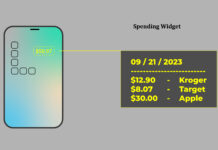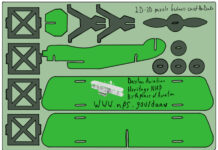By Laura Bliss, CityLab, Apr 29, 2019
https://www.citylab.com/transportation/2019/04/innisfil-transit-ride-hailing-bus-public-transportation-uber/588154/
In 2017, the growing Toronto exurb of Innisfil, Ontario, became one of the first towns in the world to subsidize Uber rides in lieu of a traditional bus. Riders could pay a flat fare of just $3-$5 to travel to community hubs in the backseat of a car, or get $5 off regular fares to other destinations in and around town.
People loved it. By the end of the Uber program’s first full year of service, they were taking 8,000 trips a month. Riders like 20-year-old Holley Hudson, who works for daycare programs at YMCAs around the area, relied on it heavily, since she doesn’t drive. To get to the college course practicums she was taking when the service launched, “I used Ubers on a Wednesday, Thursday, Friday basis,” she said.
Now “Innisfil Transit” is changing its structure. As of April 1, flat fares for the city-brokered Ubers rose by $1. Trip discounts dropped to $4, and a 30-ride monthly cap was implemented. Town leaders say this will allow Innisfil to continue to cover costs.
Adoption of Innisfil Transit was fast and steady: The program racked up 86,000 rides in 2018. Nearly 70 percent of respondents to a city survey said that they were satisfied or more than satisfied with the new service—figures that would be the envy of any traditional public transit agency.
But that popularity meant costs grew for the town. So now residents will have to cover more of their own trips. “It’s the growing ridership and popularity of the service,” town planner Paul Pentikainen said. “It’s been a great success, but there are also challenges with working with a budget.”
But the opposite is happening in Innisfil. Only so many passengers can fit in the backseat of an Uber, and the ride-hailing company, not the town, is pocketing most of the revenue. With per-capita costs essentially fixed, the town is forced to hike rates and cap trips as adoption grows. But this can create a perverse incentive: Fare bumps and ridership drops tend to go hand-in-hand on traditional systems.



